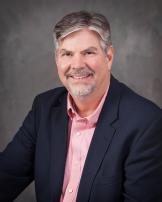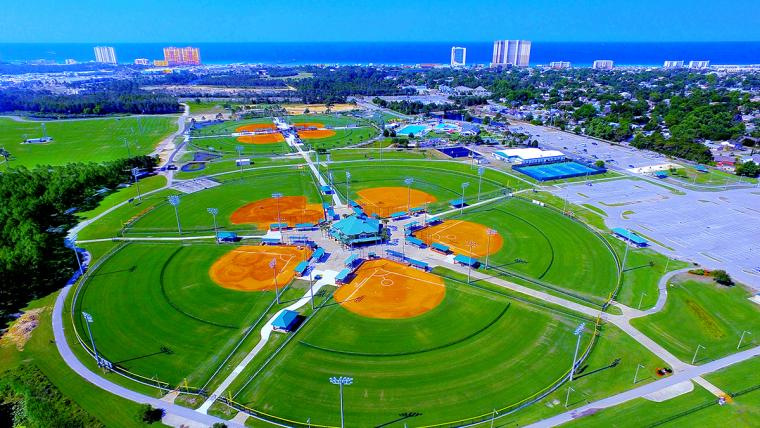
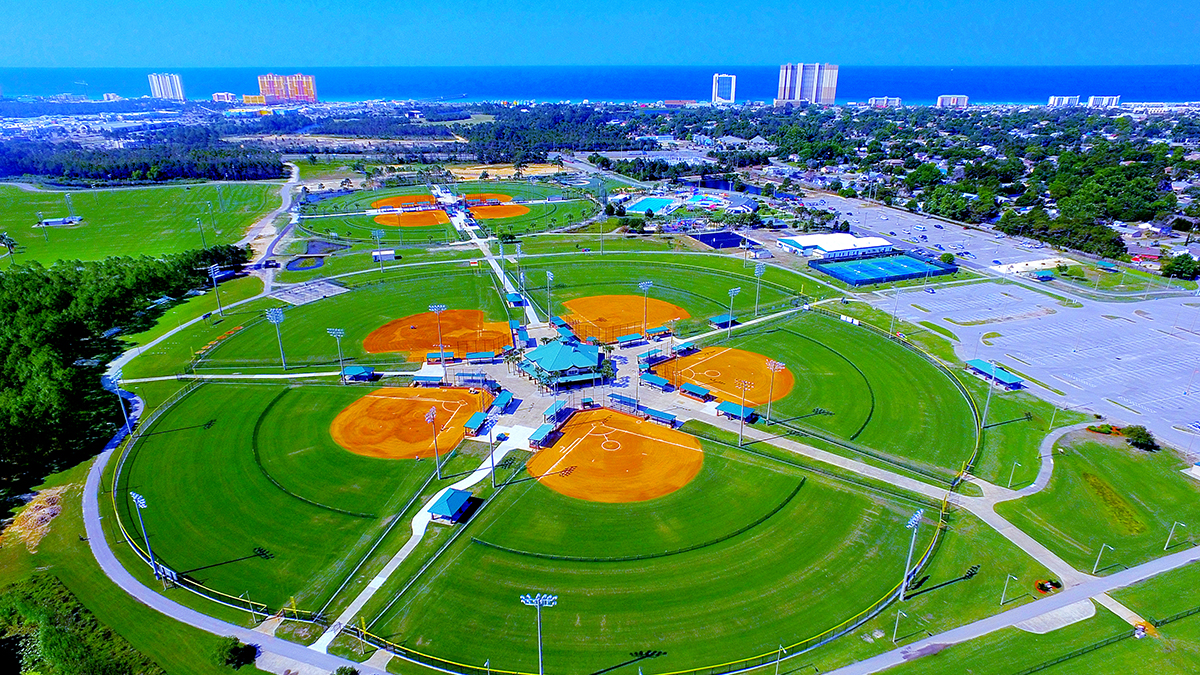 Sports tourism is an industry that has facilitated rebranding of communities nationwide, for a variety of reasons. Some areas have used sports as a way to overcome economic distress. Some areas wanted to market the facilities they’d had all along, but now, thanks to the rising number of sports travel events, they had the incentive to publicize them to a wider audience than they originally had. Then there were some who have used sports tourism as a way to help redefine the public perception of what their destination was all about.
Sports tourism is an industry that has facilitated rebranding of communities nationwide, for a variety of reasons. Some areas have used sports as a way to overcome economic distress. Some areas wanted to market the facilities they’d had all along, but now, thanks to the rising number of sports travel events, they had the incentive to publicize them to a wider audience than they originally had. Then there were some who have used sports tourism as a way to help redefine the public perception of what their destination was all about.
In 2016, when Panama City Beach, Florida made the conscious decision to emphasize its appeal to the sports travel and family vacation market, it was also for the purpose of turning away from a solid image as a spring break destination. (Make no mistake; the area had always been a family vacation market. However, the spring break contingent was growing, and so were the problems associated with it, leading officials to make some tough decisions.)
“It’s hard to walk away from a market segment you know is there and leave it behind for the unknown,” Visit Panama City Beach CEO Dan Rowe told SDM at the time, “but this was driven by the city council and the county commission – people who were saying, ‘This is our home.’ They didn’t like what was going on and they wanted to change it.”
This is the story of how the town rewrote its own story and used sports tourism as one of several drivers to do so.
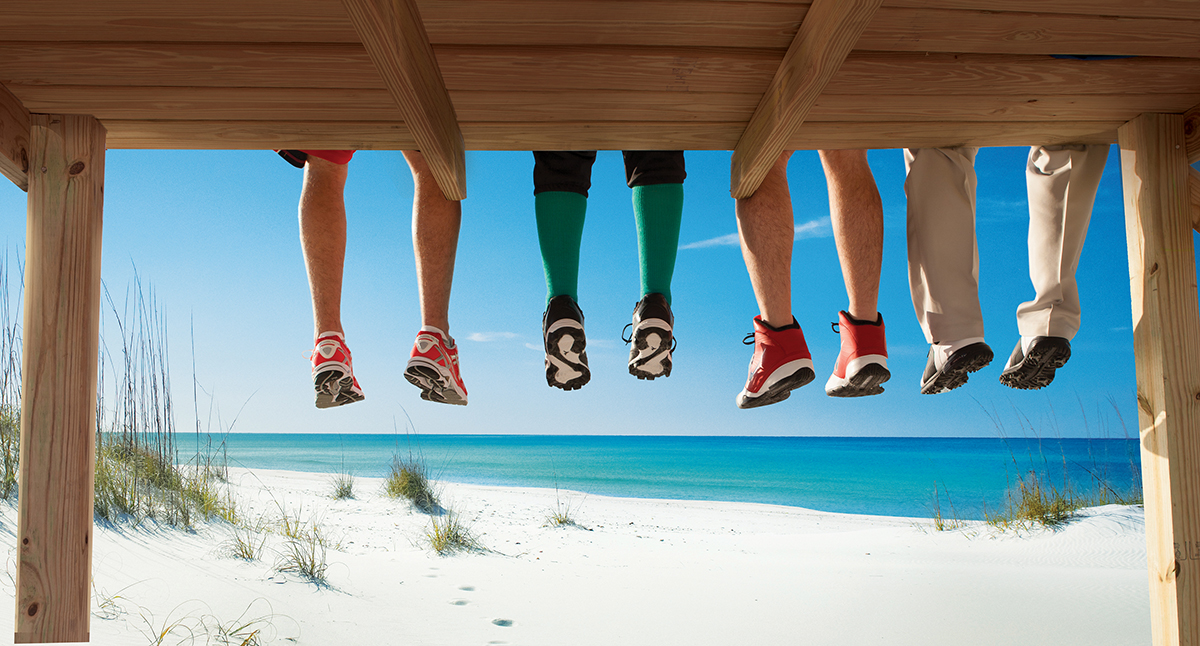 The challenge (and the necessity) of crafting a new image
The challenge (and the necessity) of crafting a new image
“Spring break as a market segment tends to take on a life of its own that is hard to control,” said Rowe. “It becomes a rite of passage and generates messaging from a variety of sources. The energy created by that market segment was at odds with our community. Our brand is incredibly important to us. We’ve always been a family beach but when spring break reached the point where it started to overwhelm everything else, the community wanted to make a change. They’d reached the point where it was time to say, ‘Enough is enough.’
Complaints from residents and business owners, who had seen increased property damage and disorderly conduct, as well as other undesirable behavior as a result of spring break revelry, drove the effort to create a sea change. And despite some pushback from those who were concerned the economy would go into decline, efforts went forward.
Formal steps to decrease the spring break traffic
Making itself less a party spot took a concerted effort on the part of officials. Panama City Beach passed a number of new ordinances that acted as a deterrent to spring break activities, and which were designed to disrupt the party scene. Some of the more notable steps outlawed the possession or consumption of alcohol during March along an 18.5-mile-long section of the beach, a popular hangout spot for the college crowd. In addition, the bars’ last call became 2 a.m. during March, as opposed to the usual 4 a.m. Possession and consumption of alcohol was also banned in commercial parking lots during March.
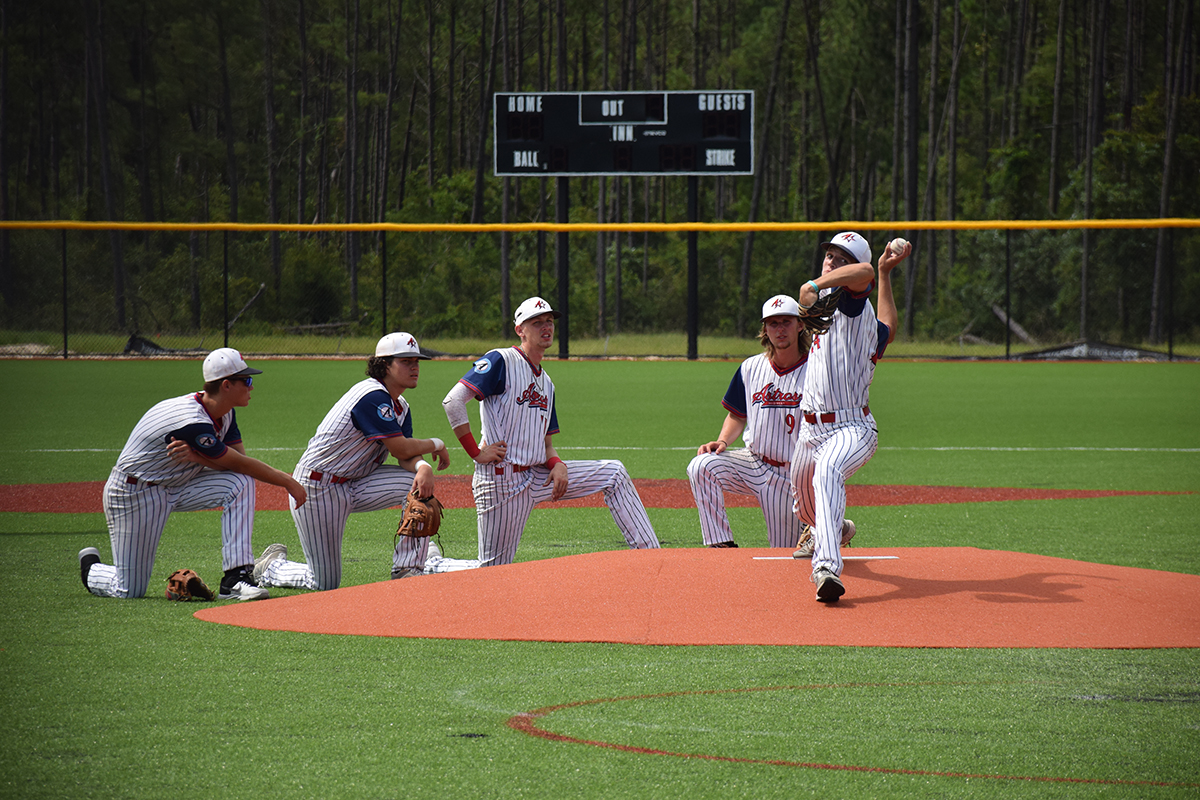 All of these steps combined to create a disruptor in the spring break economy. As a result, the college crowd began migrating to other destinations. Unfortunately, their exodus also brought an economic downturn to the area. Spring break might have been an undesirable element for many in Panama City Beach, but there was no doubt it was also an economic boon as well, bringing an uptick in hotel room nights as well as restaurant and bar usage, and plenty of other income.
All of these steps combined to create a disruptor in the spring break economy. As a result, the college crowd began migrating to other destinations. Unfortunately, their exodus also brought an economic downturn to the area. Spring break might have been an undesirable element for many in Panama City Beach, but there was no doubt it was also an economic boon as well, bringing an uptick in hotel room nights as well as restaurant and bar usage, and plenty of other income.
To help counter this, Panama City Beach tourism launched strategic advertising campaigns showcasing the area’s family-friendly vibe and its attractions. It also began working to design and market family-friendly and non-college events that would bring in crowds throughout the rest of the year. UNwineD, a wine and craft beer festival, was scheduled for March, and drew an older, more upscale crowd. The fact that the event had a higher price point also made it unappealing to the beer keg crowd.
“People who came here had a lot of fun, but we didn’t have the social issues that come with large crowds of unchaperoned college kids,” Rowe points out. “We’ve taken the emphasis away from the traditional. We’re showing people how much there is to do here.”
Other events are being held during different times of the year; the Pirates of the High Seas Fest is scheduled for October, the Bloody Mary and Music Festival runs in November and several motorcycle events are held at different points in the calendar, as well as a variety of other events.
The plan to try to generate year-round activity worked, according to Rowe.
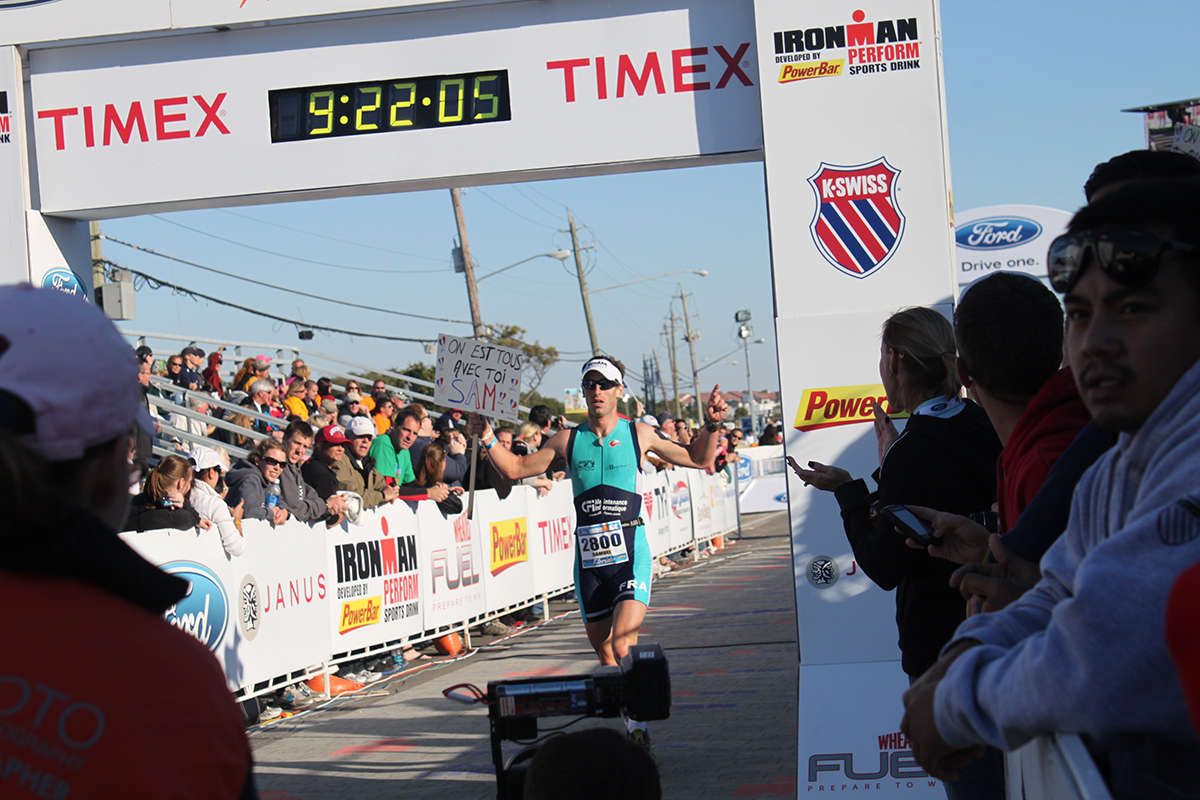
“We took some overt actions to help the local community deal with the loss of revenues. We tried to increase visitation and visitor spending every month of the year. Not just the big months of summer and spring break, though; we have been able to generate economic impact for the rest of the year, too. When we had the loss of spring break, it wasn’t quite so catastrophic. The first year, we were 41 percent lower in March, but overall, at the end of the year, we were down less than seven-tenths of one percent.”
Increasing sports tourism messaging as part of the overall strategy
At the same time it was making itself less of a destination for the spring break crowd, the area was increasing its messaging about its sports venues. Panama City Beach was already home to Frank Brown Park (with facilities for baseball, softball and tee-ball), and to Callaway Recreation Complex, Oakland Terrace Park and Gulf Coast State College, as well as others. It additionally had hosted golf, beach volleyball and personal watercraft competitions, as well as being an IRONMAN destination and a sailing mecca.
In 2018, in order to bring itself further into the youth field sports market, Panama City Beach broke ground on its outdoor sports park, the Panama City Beach Sports Complex, and in fall of 2019, the facility held its grand opening. It has been hosting large events consistently since that time. In December, which is shoulder season for many parts of Florida, the venue was hosting a 144-team soccer tournament over a five-day period.
“Having this facility to generate even more of a demand has been very important to the local community,” notes Rowe.
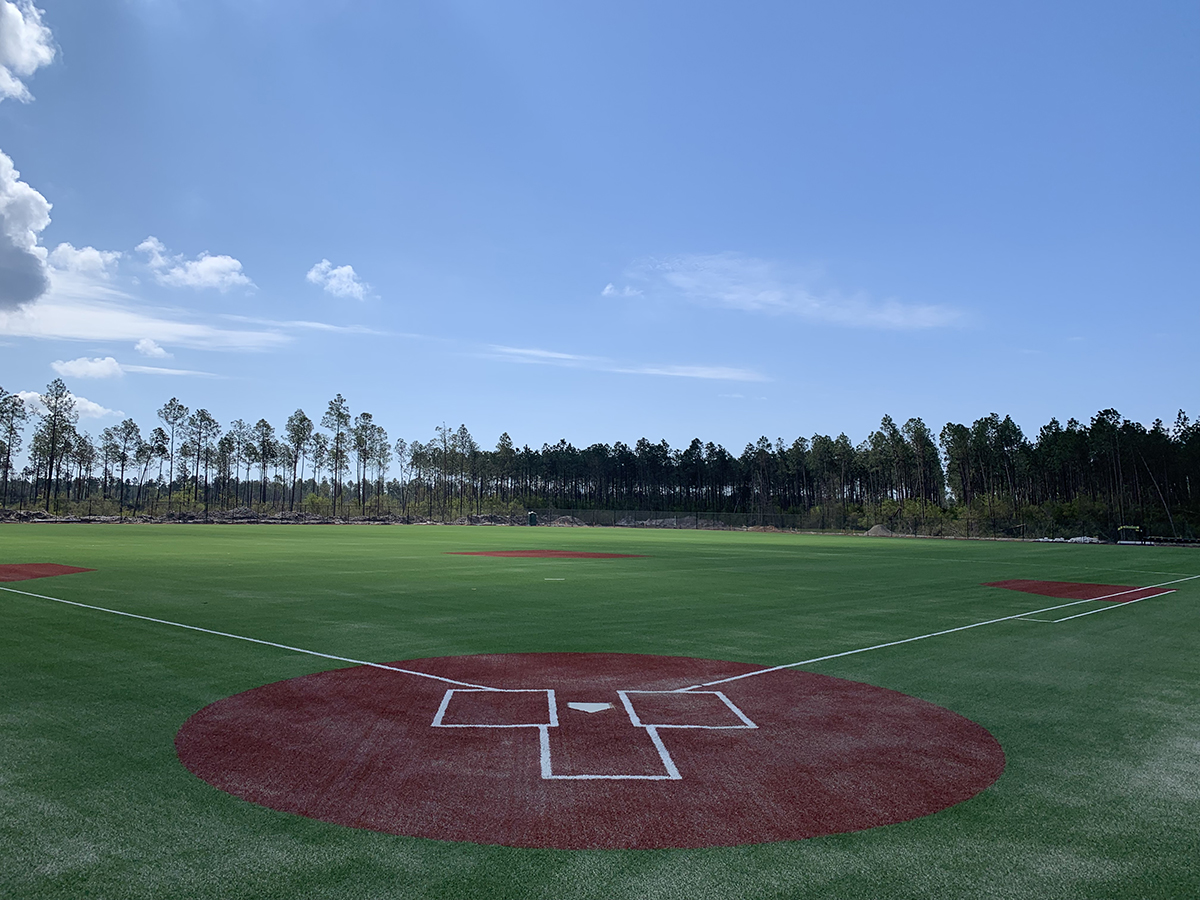
Continued sports development, outside of rebranding
While the city has left behind its spring break reputation, it is also moving forward in the direction of sports. An indoor sports center that can host events such as wrestling, cheer and gymnastics as well as other tournaments is planned, although there is no firm timeline for this. However, Rowe says, it’s not just the sports center, and not just its potential economic impact, to consider.
“It’s not really related to rebranding, but it is related to the development of the destination. In the aftermath of Hurricane Michael, we looked down the road to see how we could use our facilities for additional assets and resources in response to major storms. We’ve learned a lot about how to respond to a Category 5 hurricane. We’ve seen public buildings used as command centers and as sheltering facilities. If we are going to have displaced residents, something like this is going to be critically important to them. We are a part of the community.
Tourism is embedded in our DNA and in the DNA of Panama City Beach. We need to ask ourselves how we can use the venues to make the community stronger when it’s necessary to do so.”
Leaving behind parts of the old market
There were, however, segments of the market in Panama City Beach that were unable to recoup the loss of spring break. And while it’s undesirable to hurt any business, it is inevitable in this case, according to Rowe.
“We did have some businesses that suffered greatly because they did not reap the benefits of the shift in our clientele. Some of those have changed their business models since then but for some, their business model was just counter to that of the community.”
As a result of the multi-pronged strategy, business has grown.
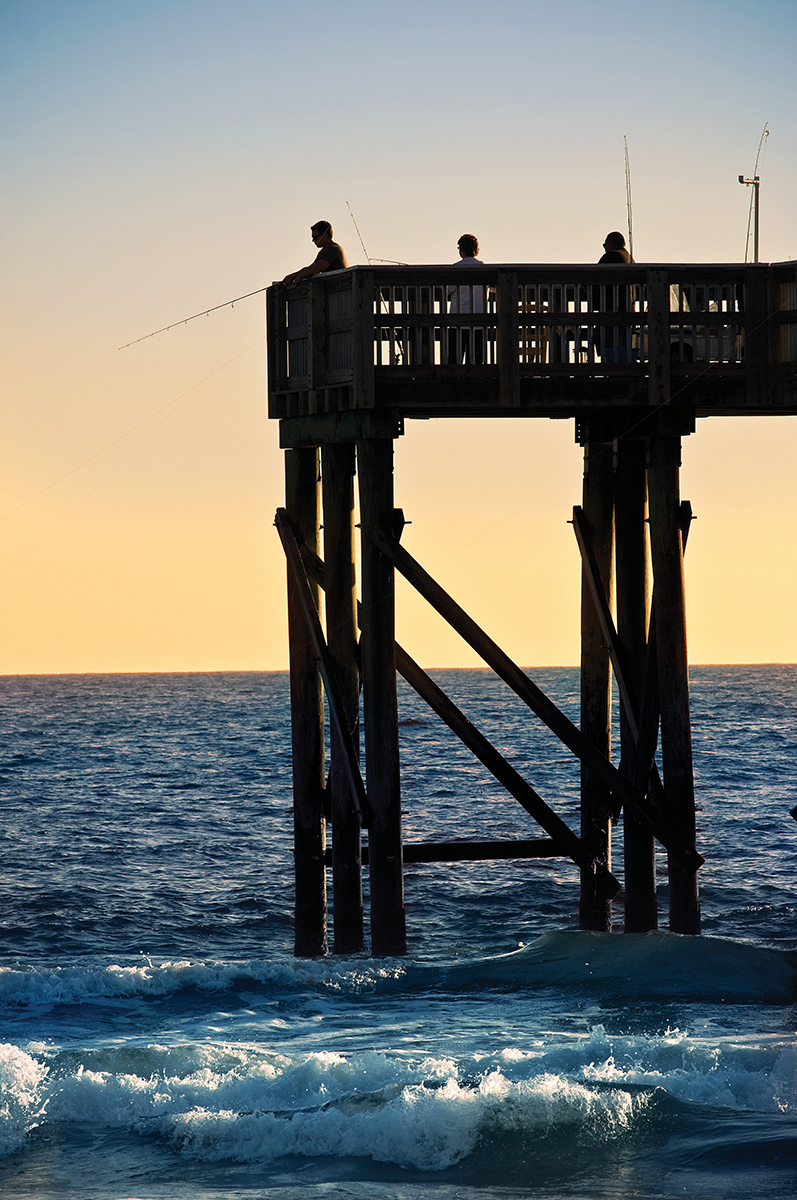
“We have broken records each of the following years, so we obviously didn’t go into a local recession,” says Rowe. “There are still college kids who come here and have fun but it’s not the same as before. There’s a different vibe. The party is not as big. It’s not all about ‘anything goes.’ It is toned down and really, that’s not a bad thing.”
Overall economic development as a symptom of success
In general, Rowe adds, Panama City Beach has experienced some profound economic development activity in terms of family-oriented businesses and attractions, businesses that might not have moved to the area, had it not been for the change in course to a different focus.
“We’ve really had a boom of hotel construction over the last few years. The most high-profile hotel that has broken ground is the Embassy Suites in Pier Park. I really don’t believe it would have been built if we were still catering to the college spring break market. We’ve seen a number of other attractions open with the plan of staying open throughout the year, like the SkyWheel. Most businesses are now operating on a year-round basis. The community is maturing as a tourism destination and has really extended its season in terms of visitor spending over the last decade.”
The destination is continuing to evolve, and Rowe says sports remains an enormous driver.
“Everything we’re focused on right now is how to meet visitor demand and grow that visitor demand,” adds Rowe. “Youth sports are so important – they really do enforce to us that Panama City Beach is the all-American beach town. We’ve seen a resiliency in our sports market and seen that it is less volatile than some of the other segments. In fact, during the great recession, many competitive destinations saw a decrease, but we were up two percent. I feel like our brand is incredibly important and that we have done a great deal with it.” SDM

